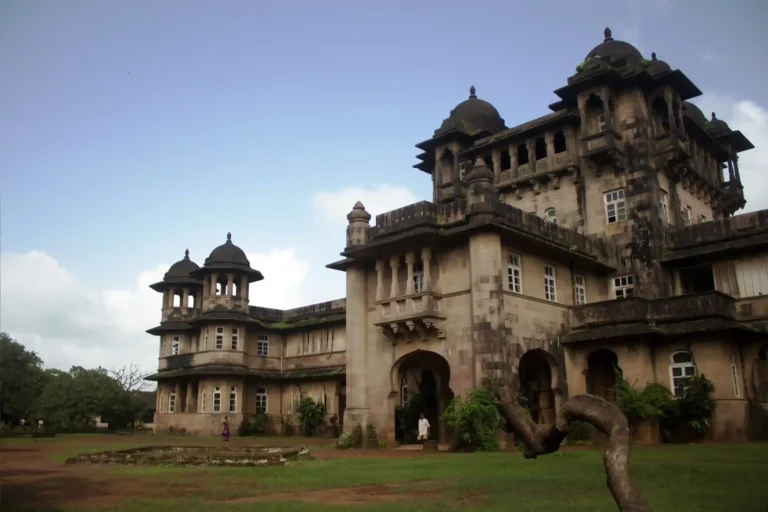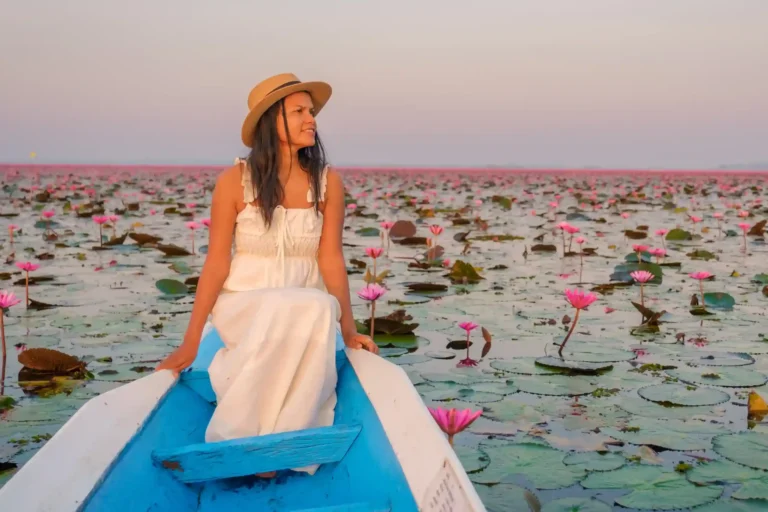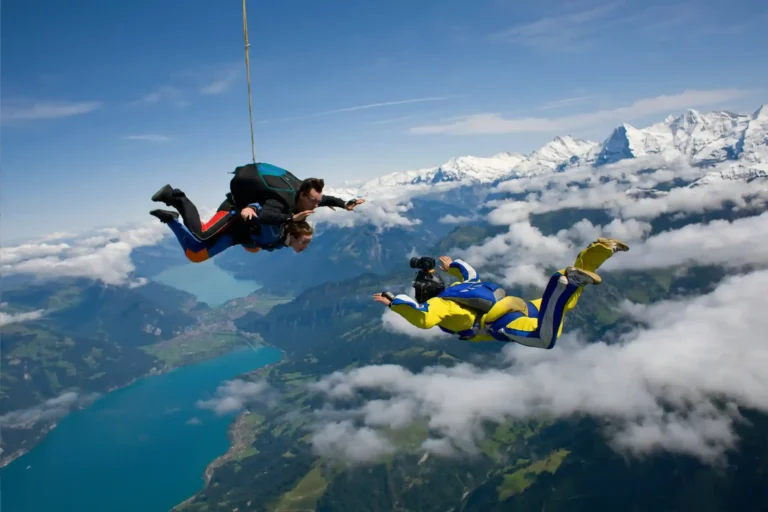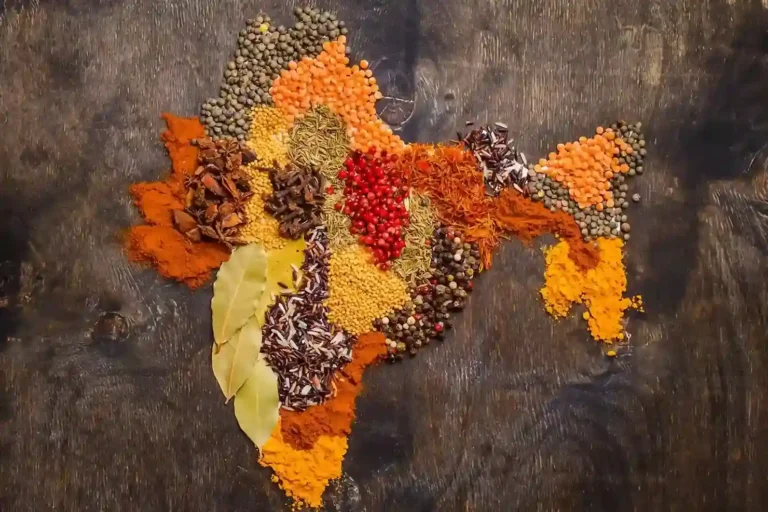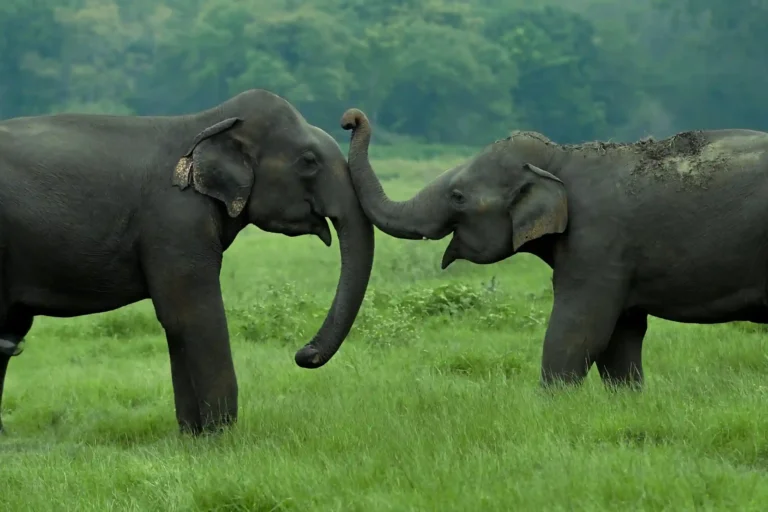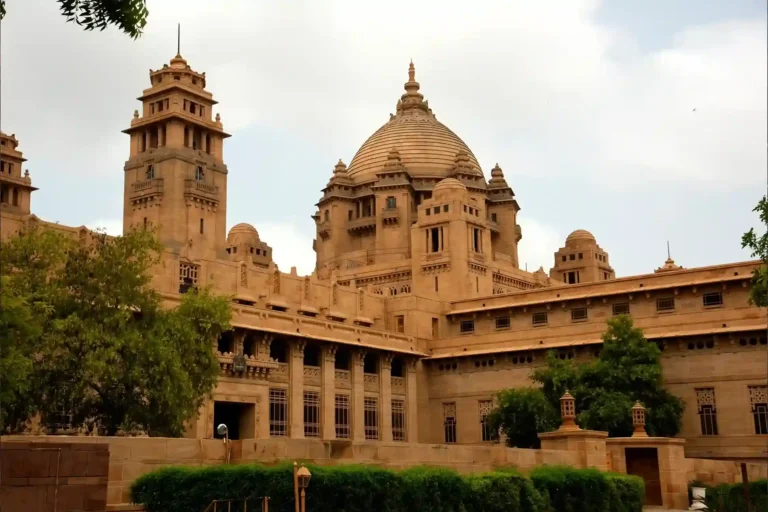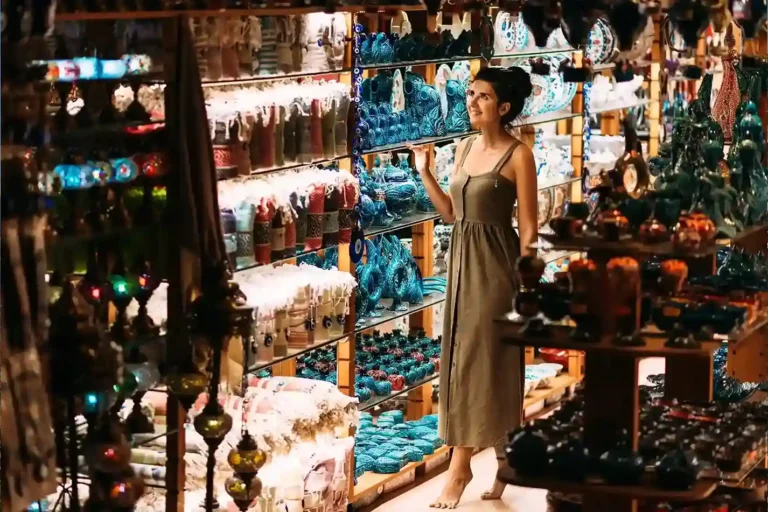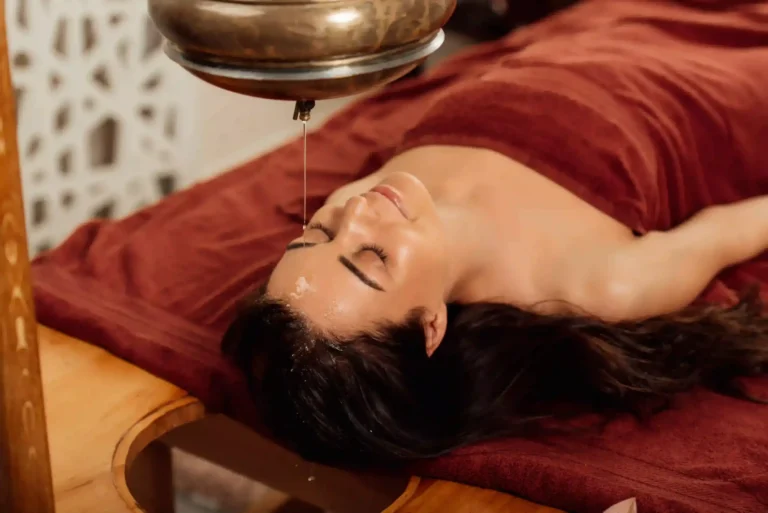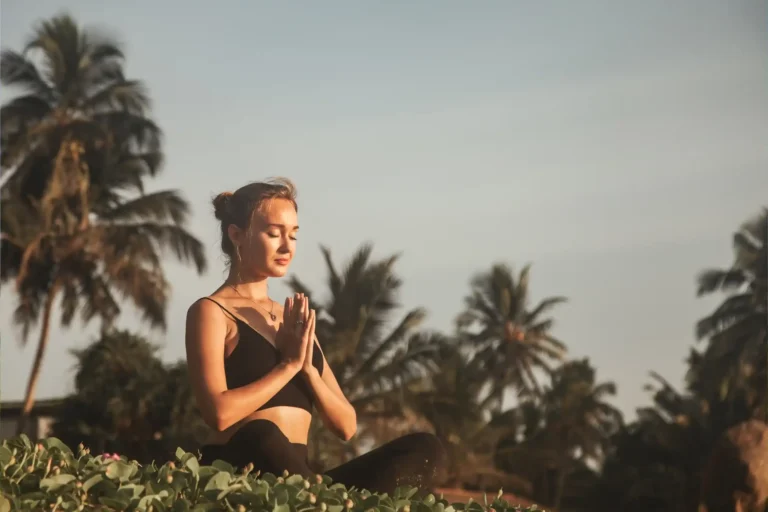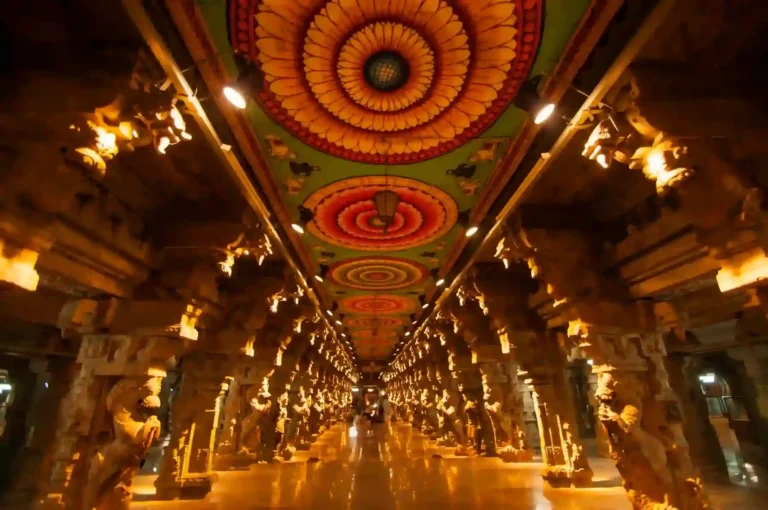Art
India Is A Home To Arts
India is globally recognized as the home of art, thanks to its incredibly diverse and culturally rich art forms. From ancient traditions to modern expressions, Indian art is a reflection of its deep-rooted heritage and spirituality.
Classical dance forms like Bharatanatyam from Tamil Nadu, Kathakali from Kerala, Odissi from Odisha, and Kuchipudi from Andhra Pradesh are much more than performances; they are visual stories told through expressions, gestures, and rhythmic movements. Each form has its own style, costumes, and historical significance, often passed down through generations of dedicated artists.
Indian music also holds a prestigious place in the world. Hindustani, Carnatic, and Ghazal music are loved both in India and abroad. These forms are known for their depth, emotional expression, and spiritual themes. Legendary Indian musicians and singers have played a vital role in popularizing these art forms globally.
Cinema in India is deeply intertwined with its art and culture. Music and dance are essential elements of Bollywood, Kollywood, and other regional film industries. Songs and choreography not only entertain but also carry forward traditional values and storytelling styles.
These vibrant art forms significantly contribute to tourism in India. Tourists from around the world are drawn to India’s cultural richness. Many visitors attend live performances, join workshops, or even begin learning dance or music during their stay. Some go on to open schools or studios in their home countries, spreading Indian culture worldwide.
Whether it’s a classical dance performance in a temple, a musical evening under the stars, or a colorful film festival, the arts make every trip to India a memorable and enriching experience. This deep cultural engagement is what makes tourism in India truly unique and soul-stirring.

